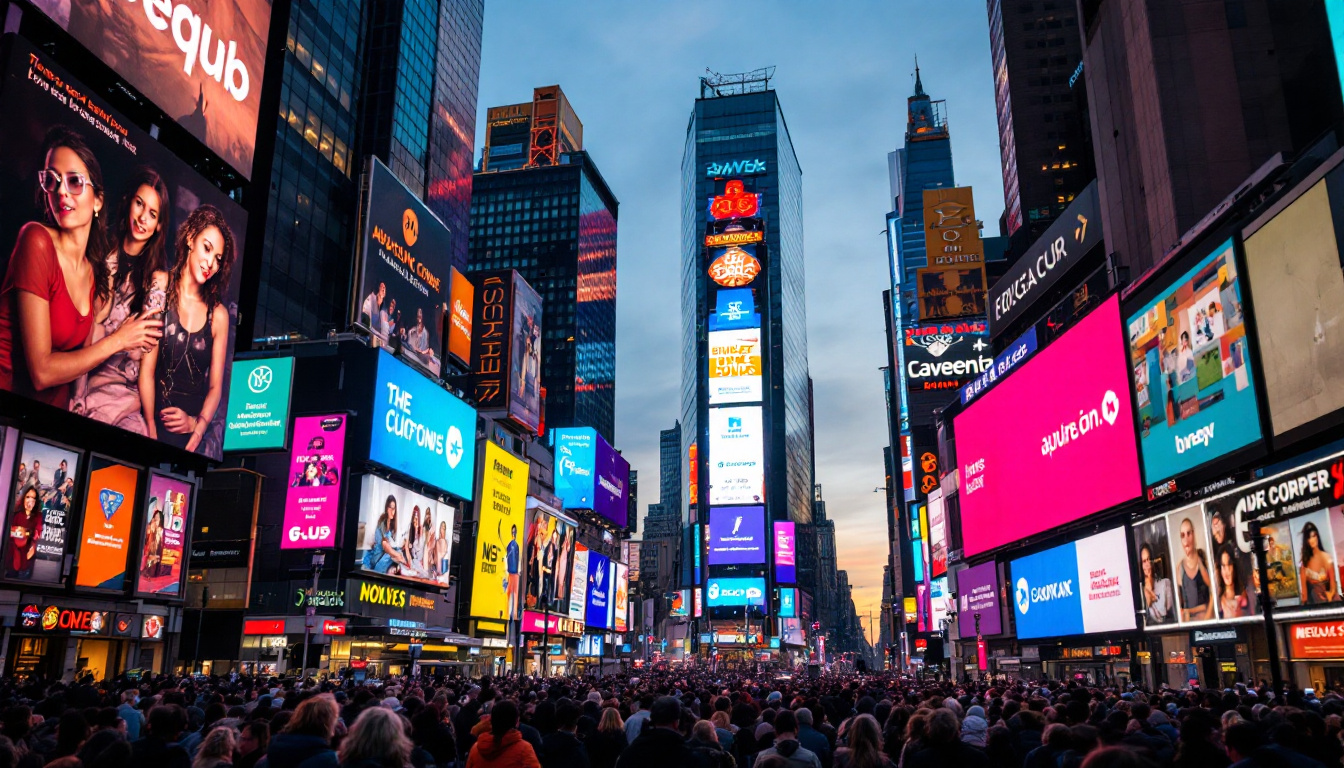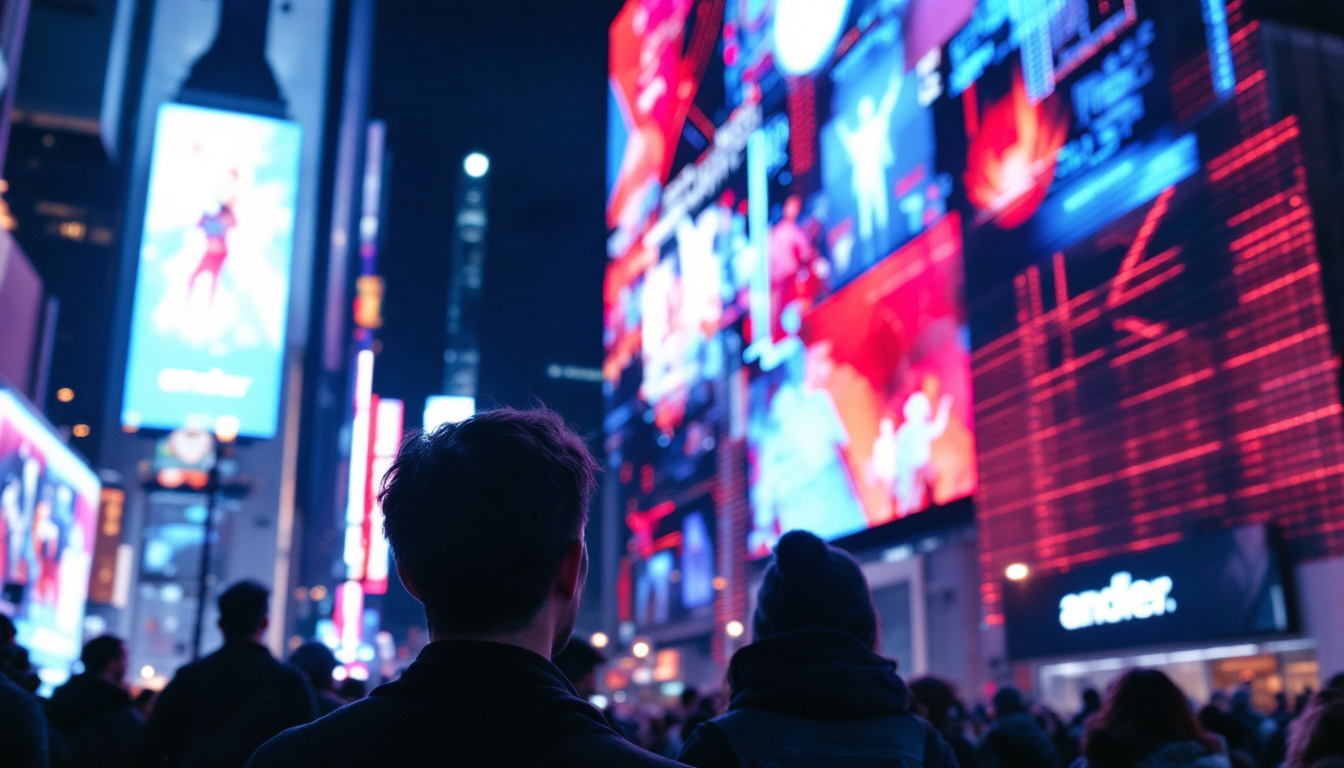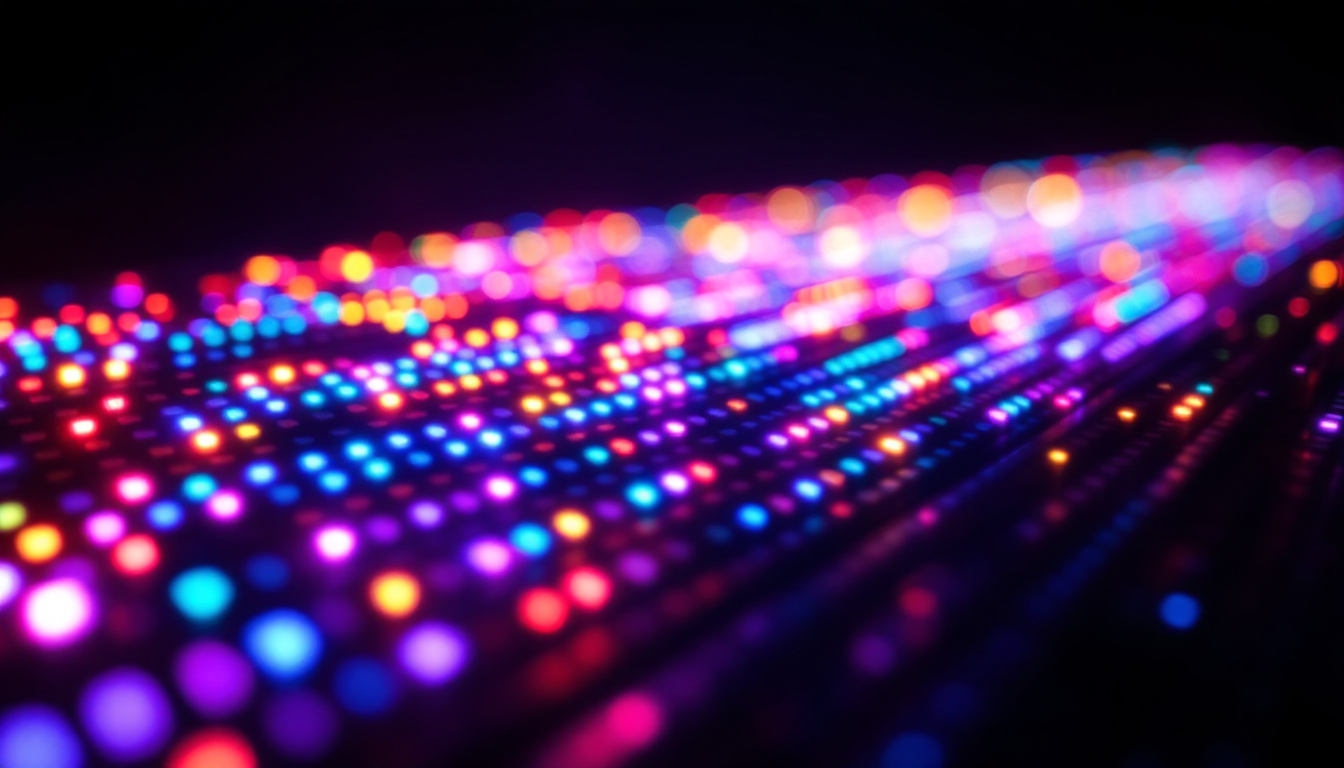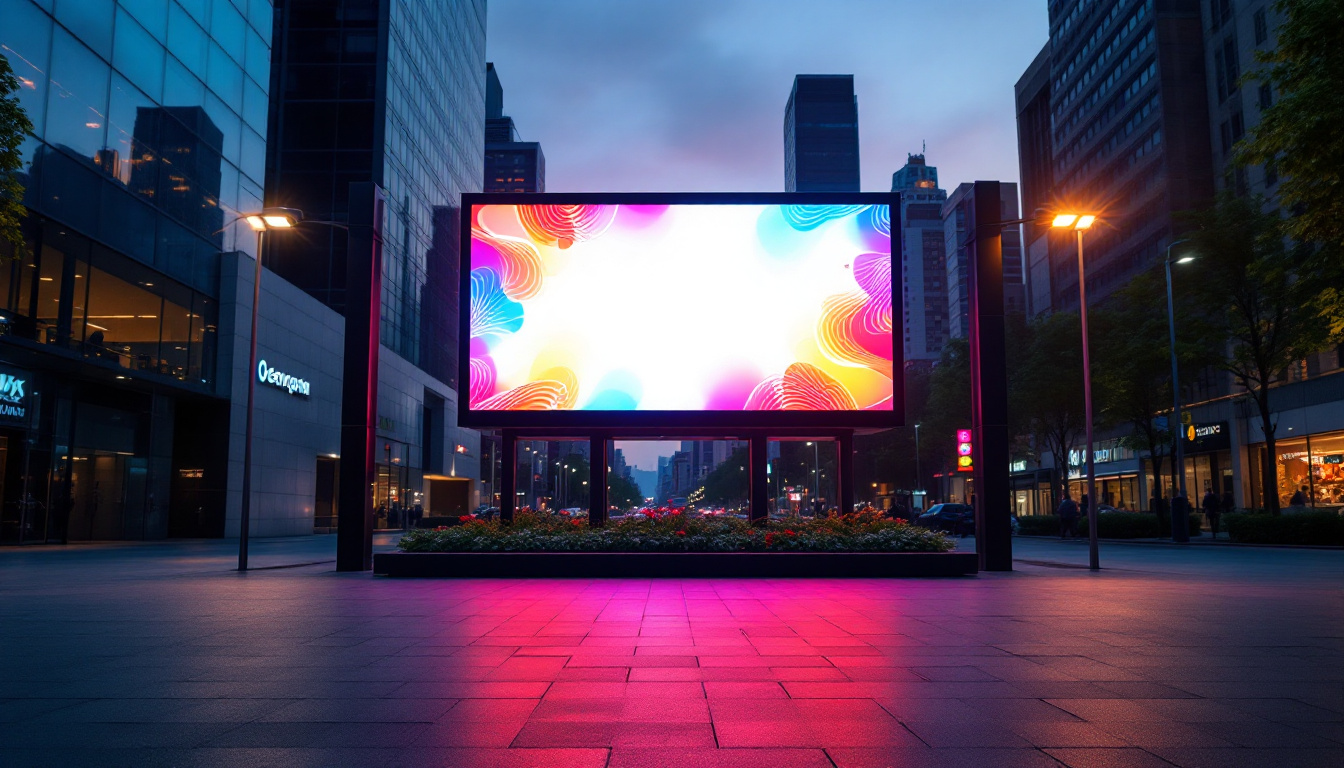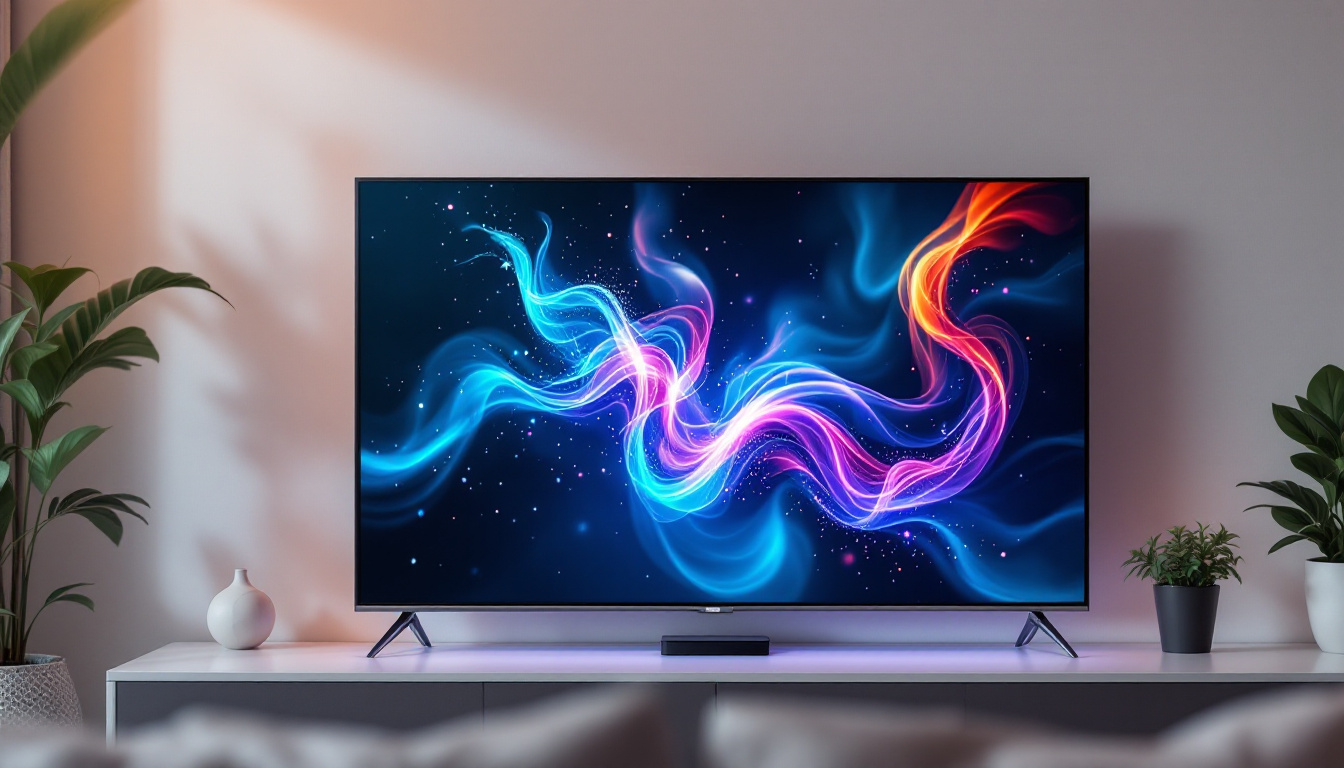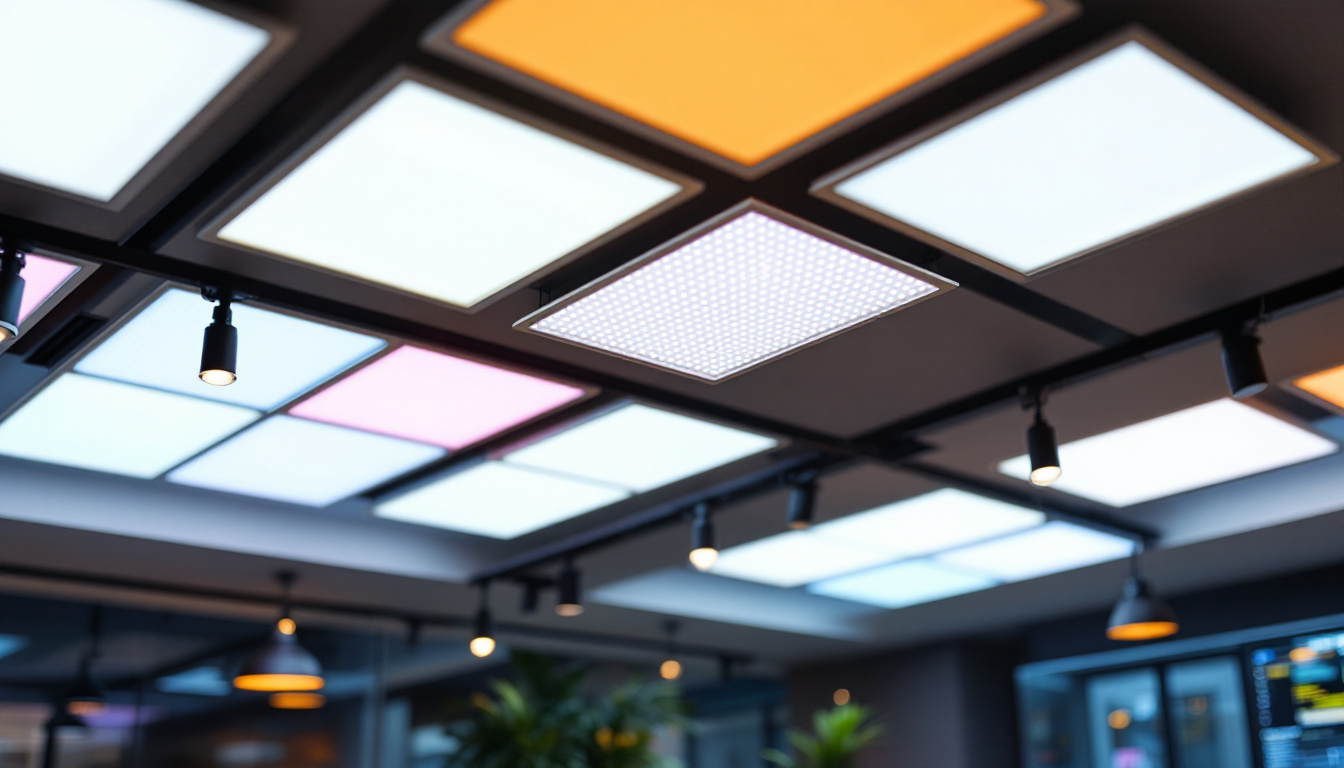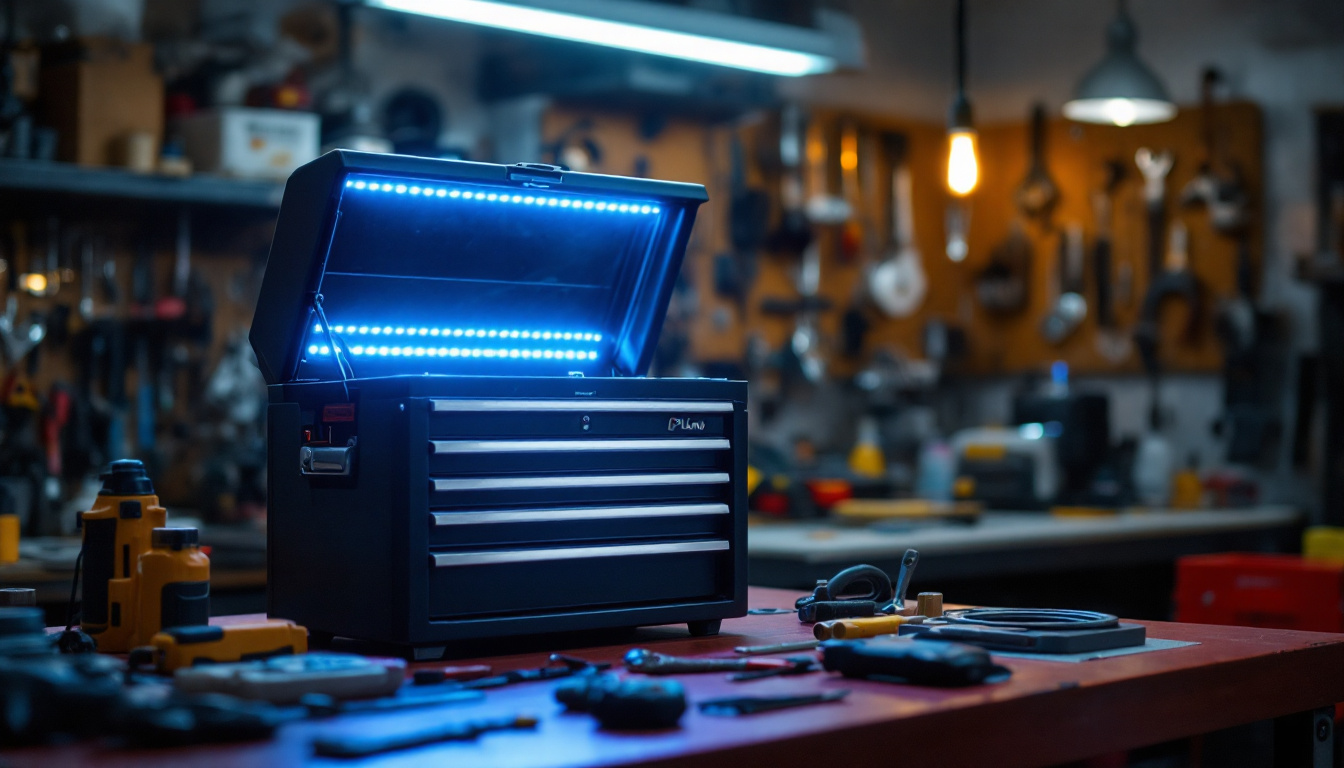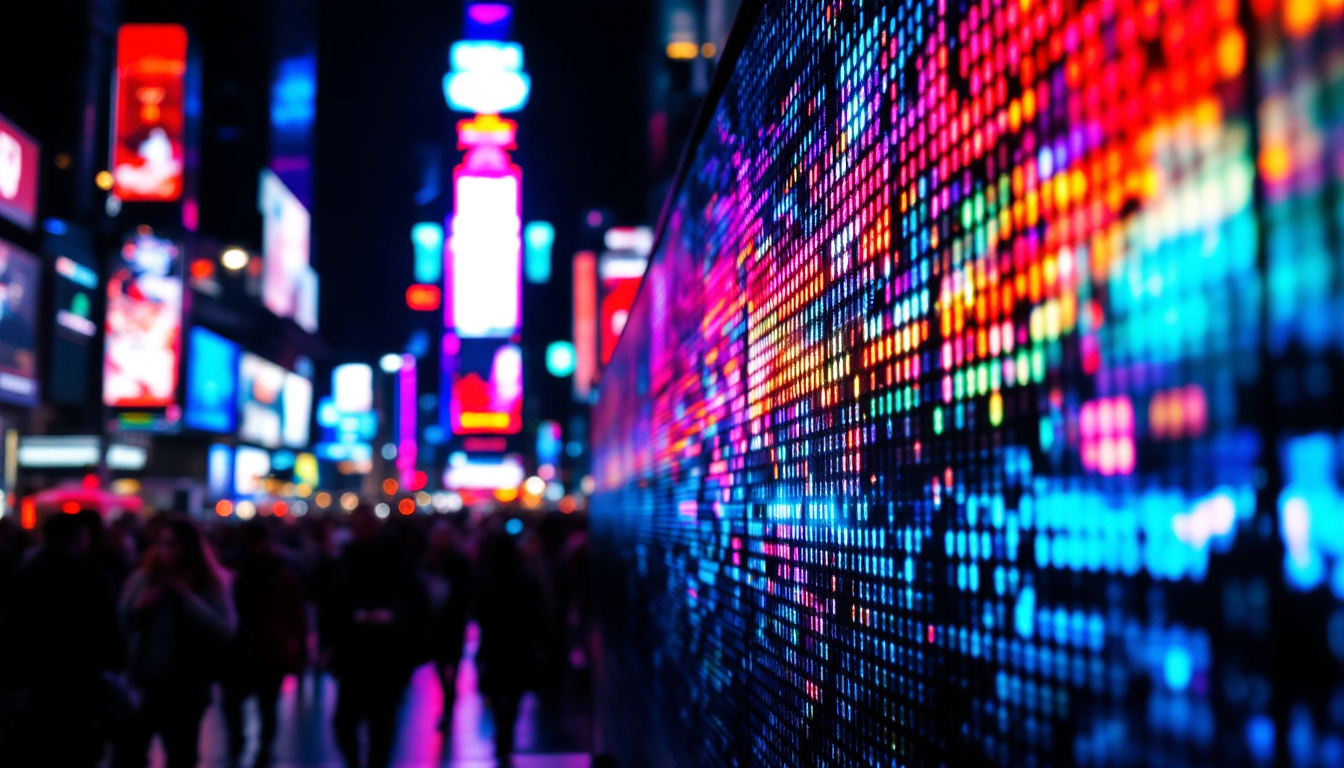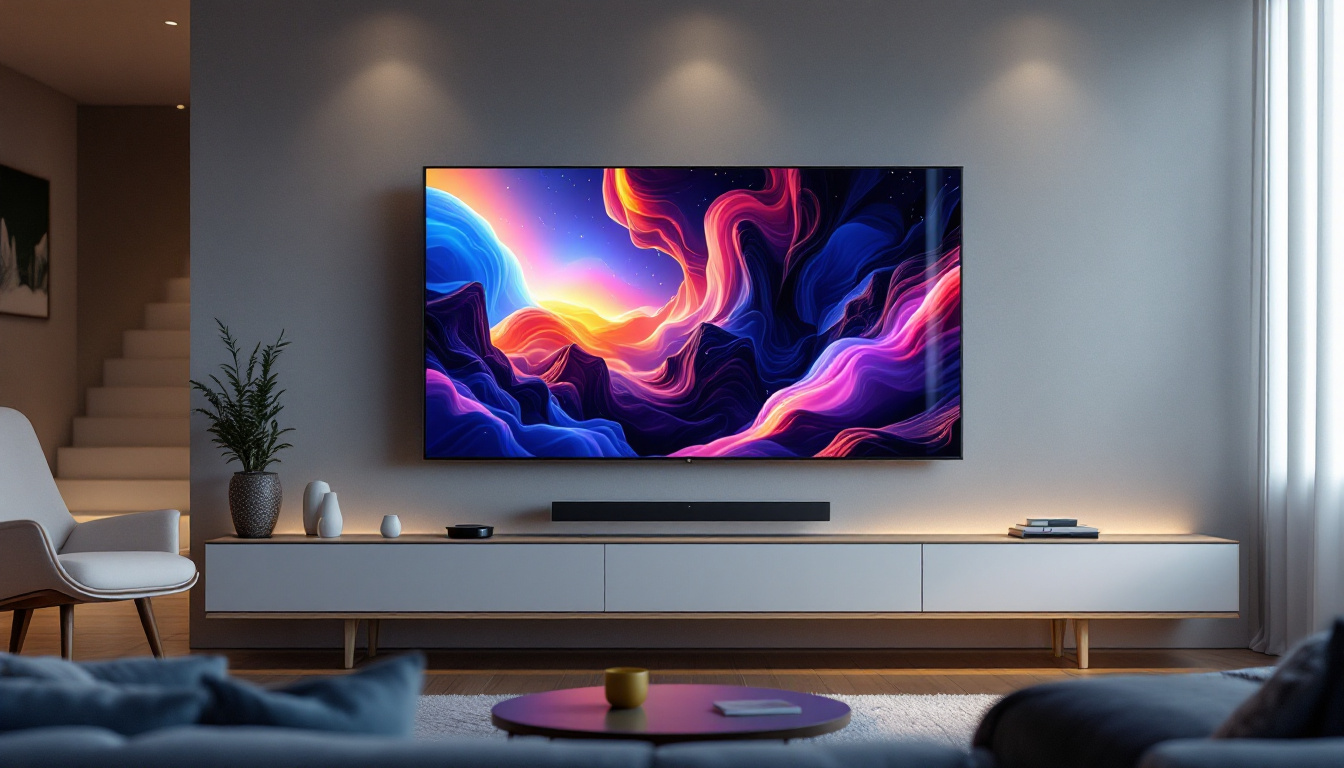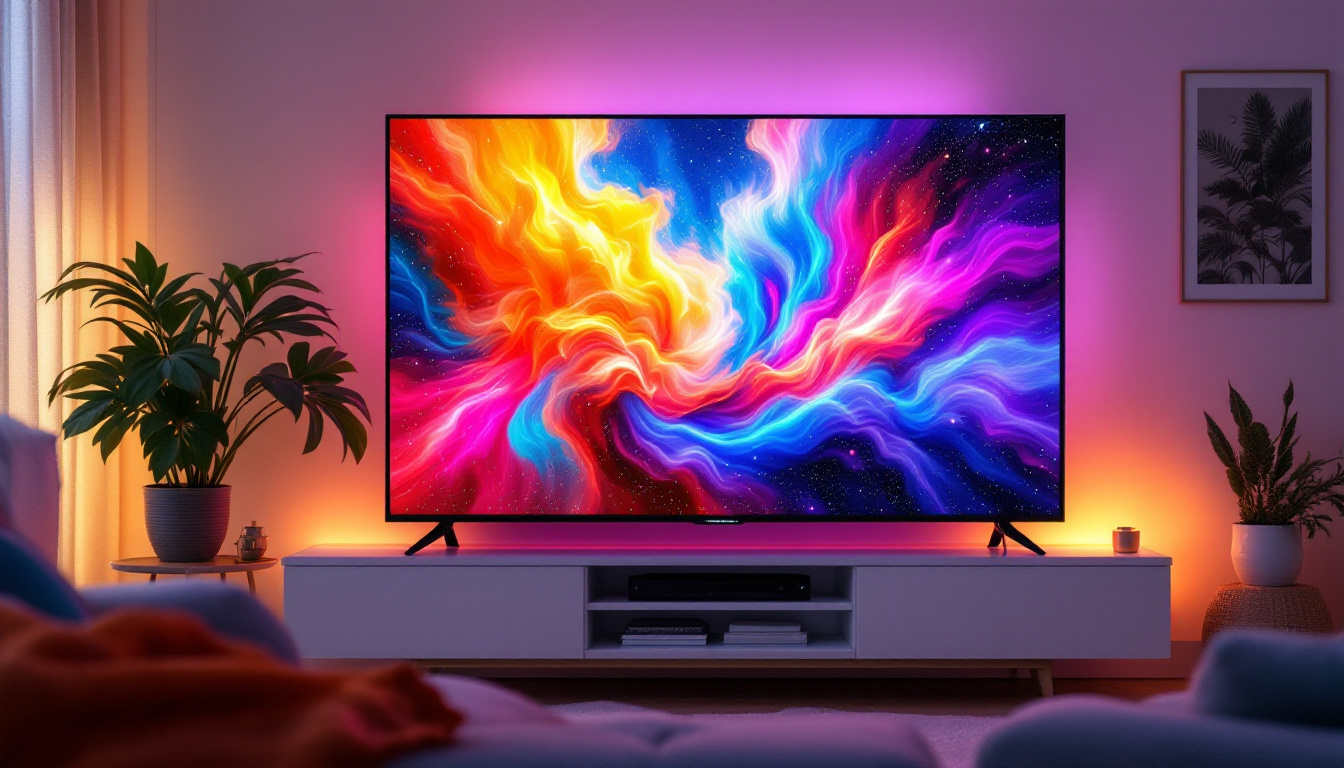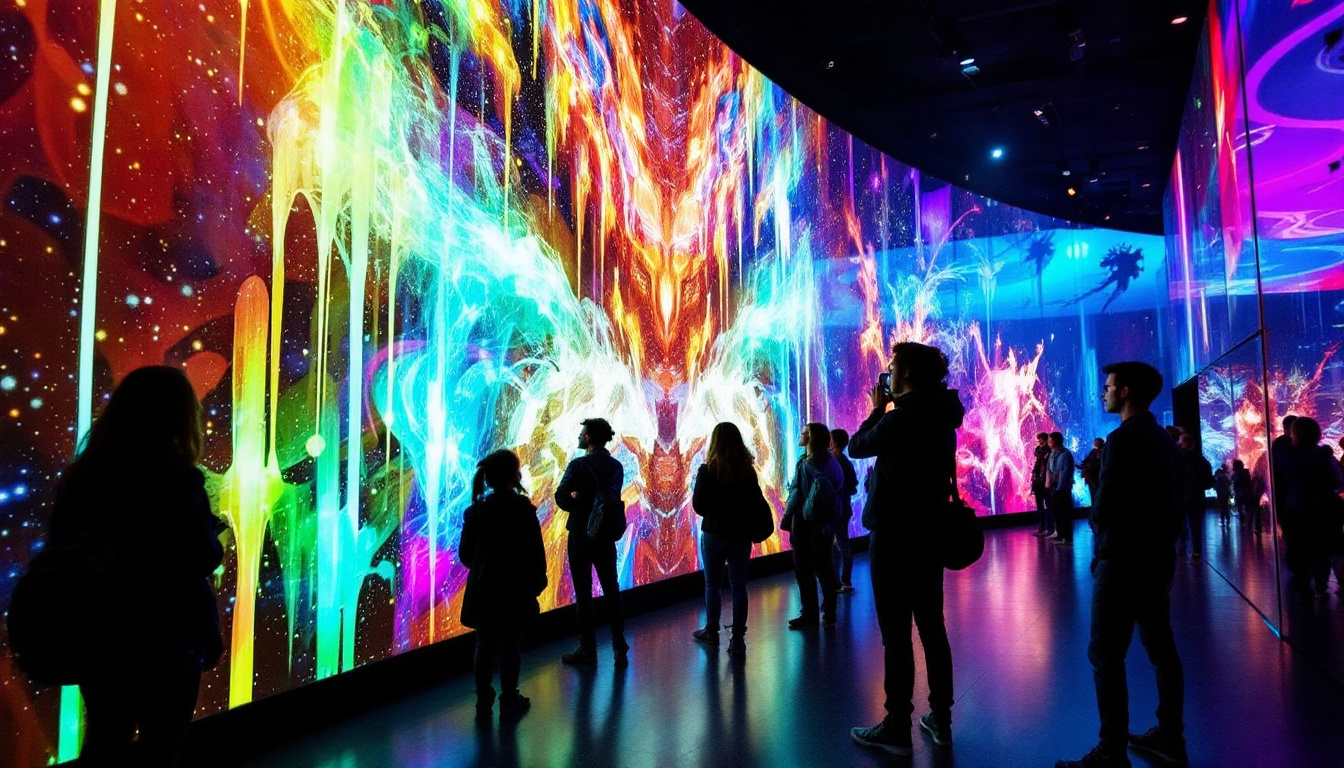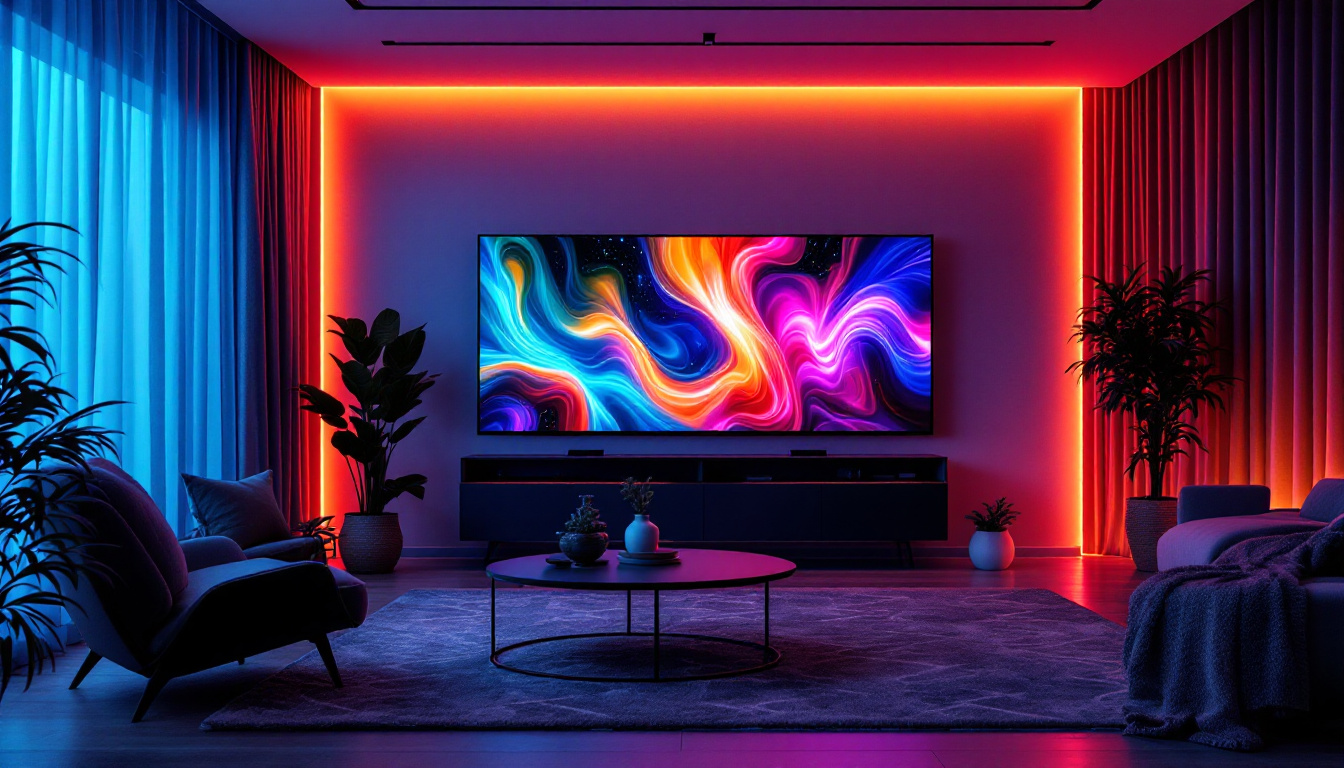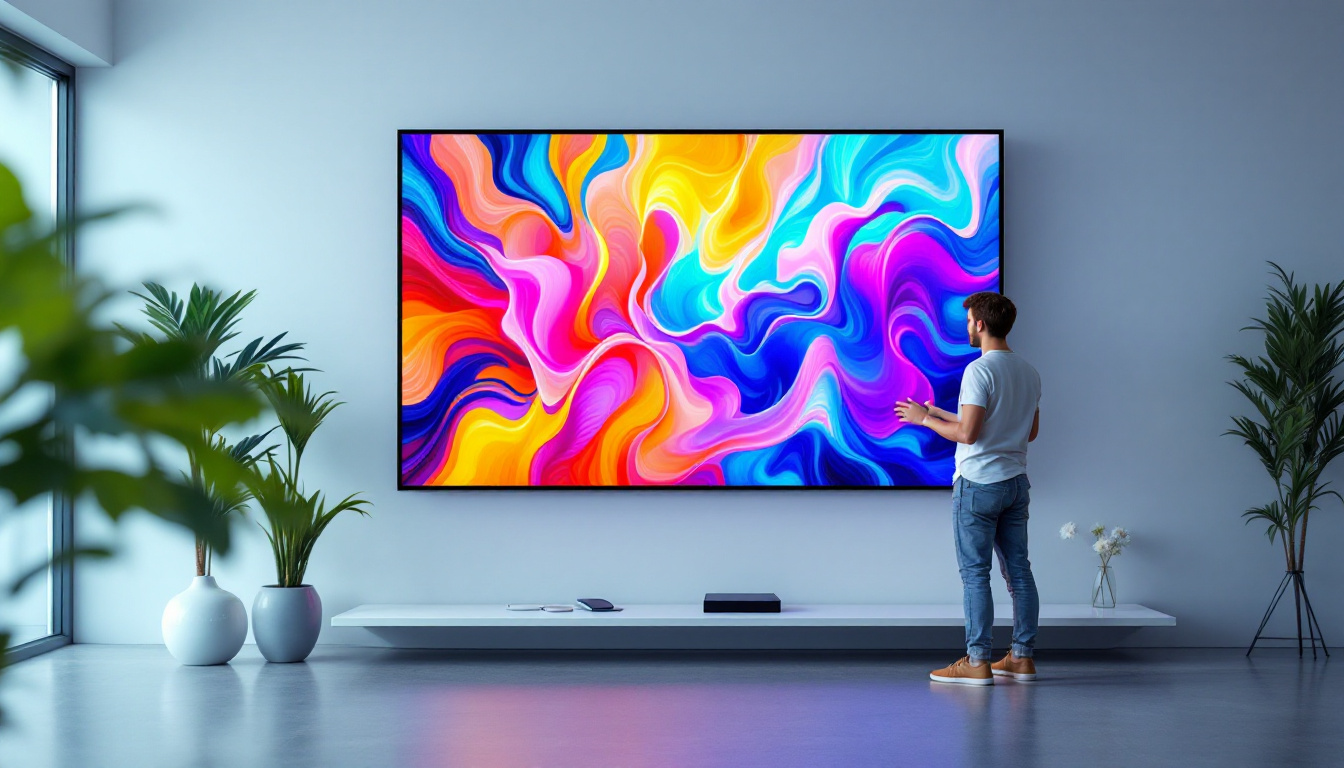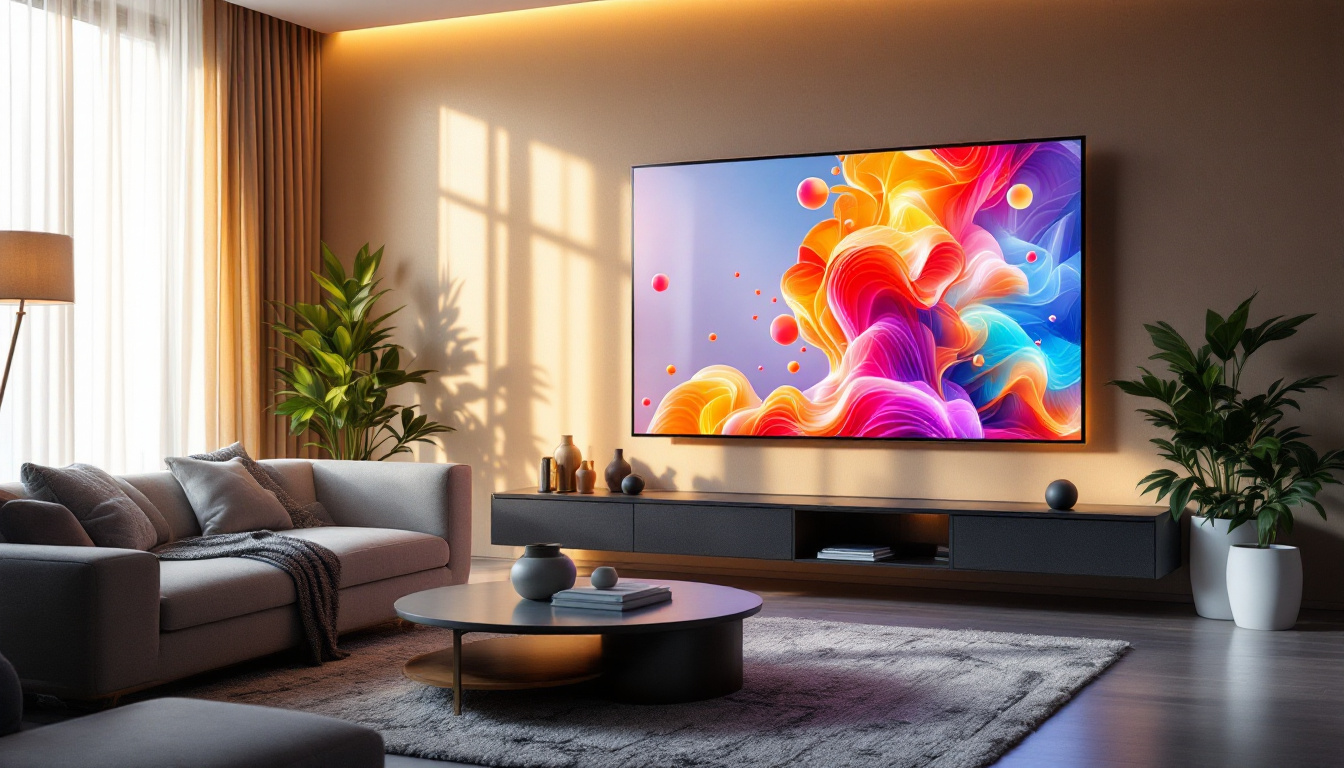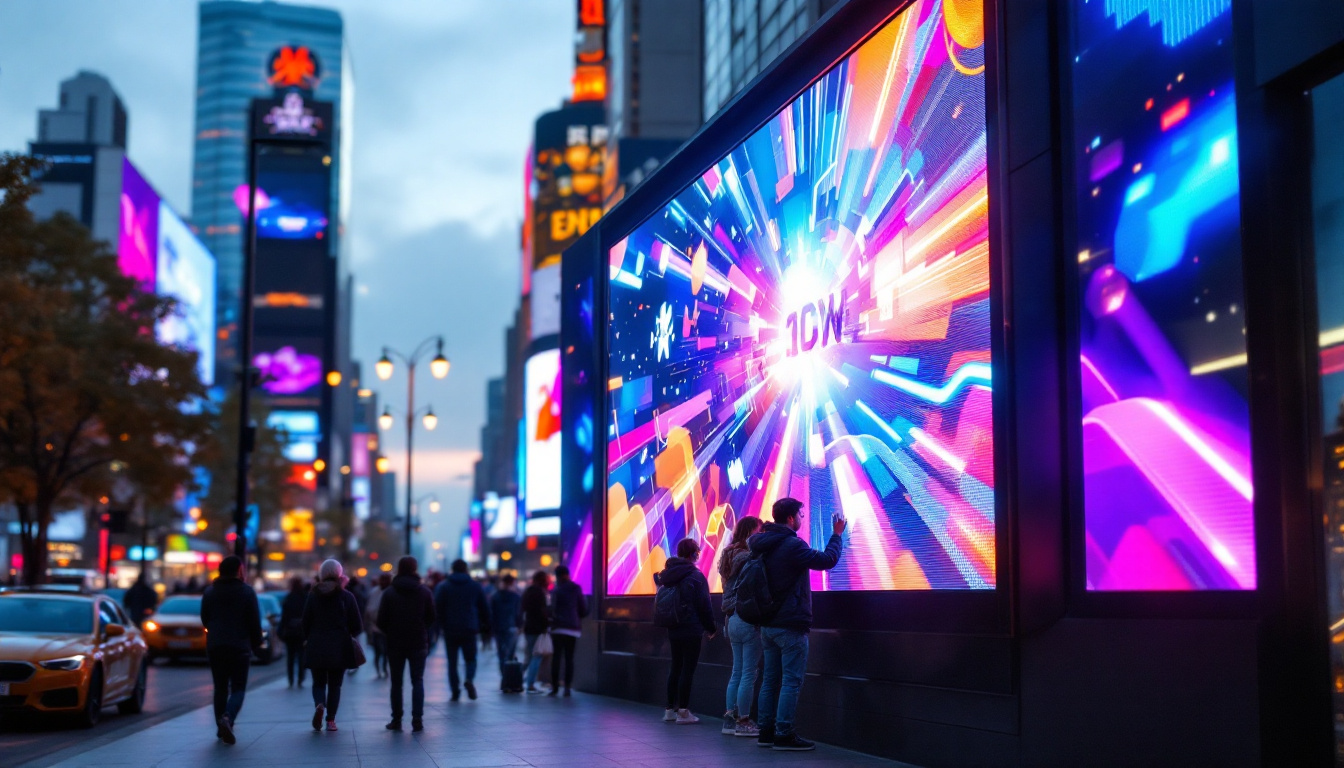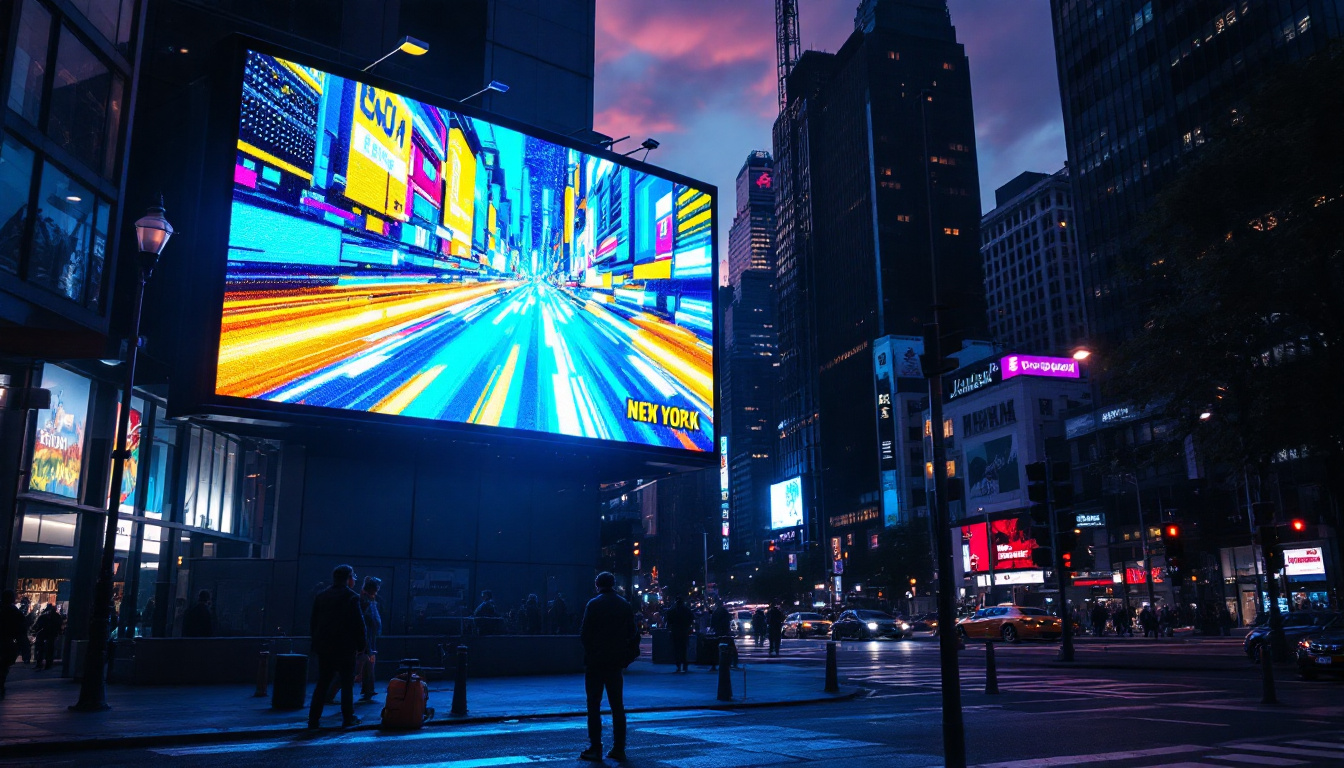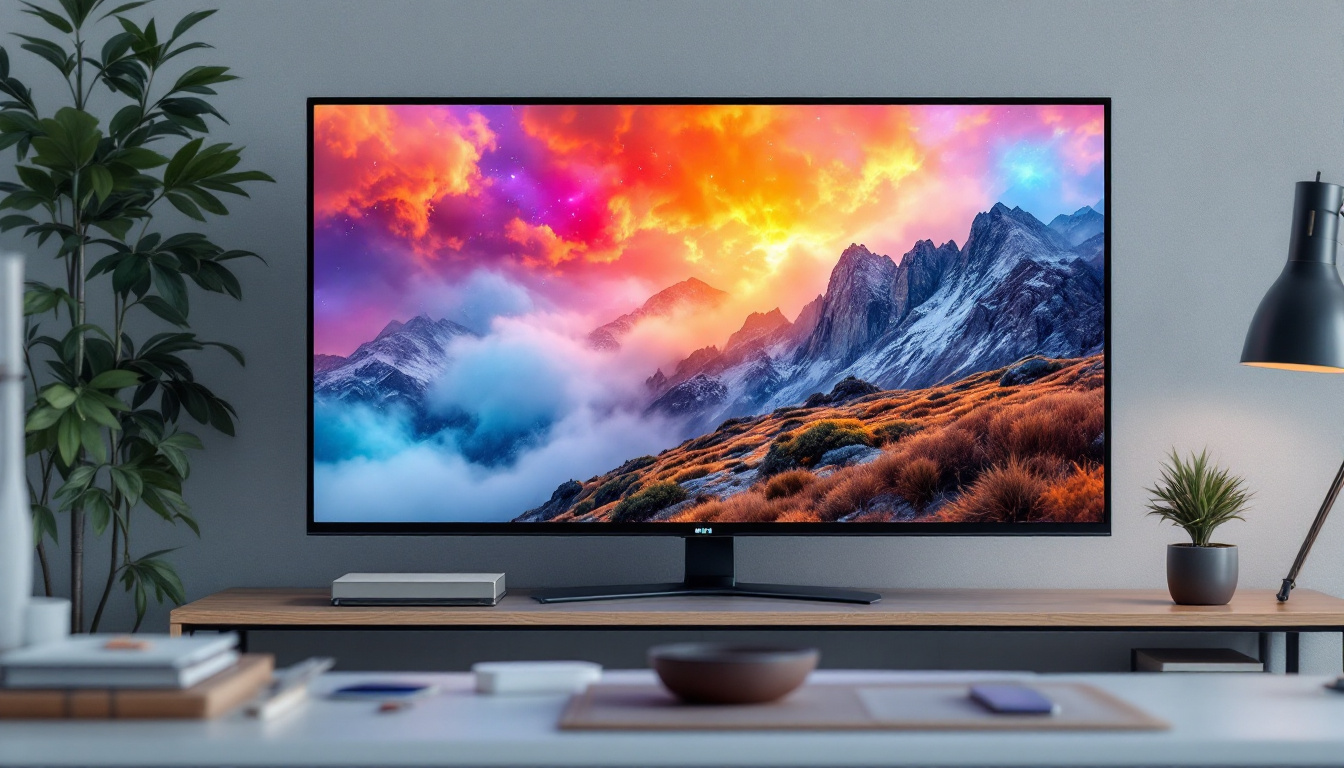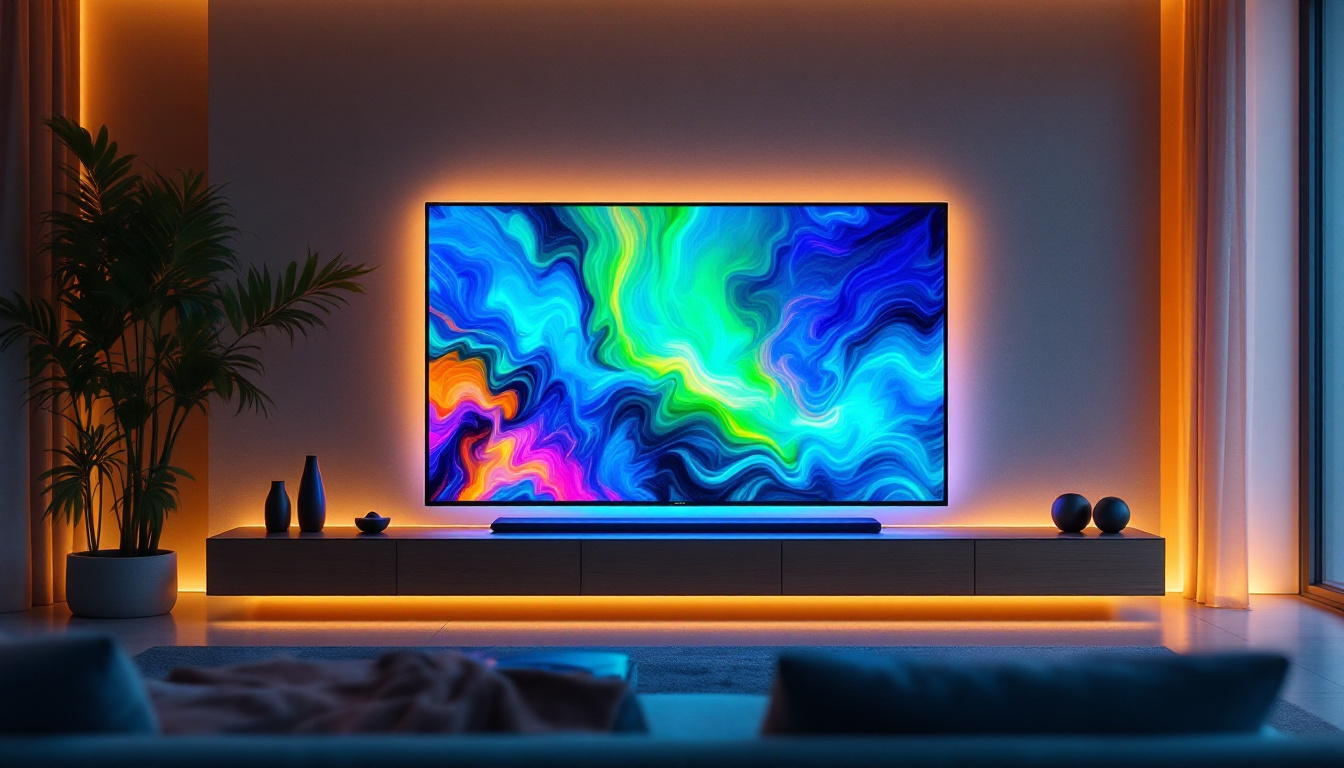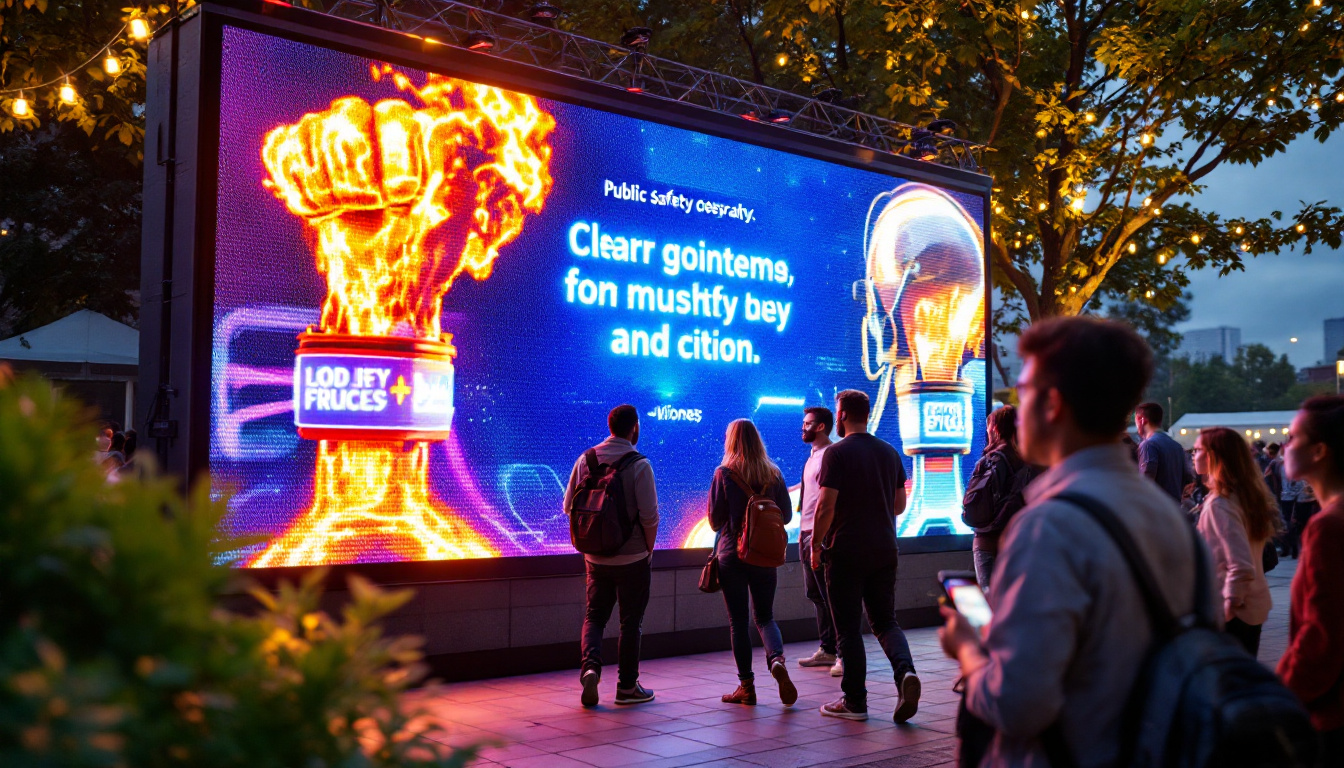Times Square is often referred to as “The Crossroads of the World,” and for good reason. With its vibrant atmosphere and constant flow of foot traffic, it serves as a prime location for advertising. Among the various advertising mediums available, LED displays stand out due to their visual impact and ability to reach a diverse audience. However, the question on many marketers’ minds is: how much does it really cost to advertise on these iconic displays?
The Appeal of LED Displays in Times Square
LED displays have transformed the advertising landscape in Times Square. Their bright, colorful visuals and dynamic content capture the attention of millions of passersby each day. Unlike traditional billboards, LED displays can showcase multiple advertisements in a single day, allowing for greater flexibility and reach.
High Visibility and Engagement
The sheer volume of foot traffic in Times Square—estimated at over 50 million visitors annually—makes LED displays an attractive option for brands looking to maximize visibility. The ability to change content in real-time allows advertisers to tailor their messages to specific audiences or events, enhancing engagement. For instance, during major events like New Year’s Eve or the Super Bowl, brands can quickly adapt their campaigns to resonate with the heightened energy and excitement in the area, ensuring their message is timely and relevant.
Technological Advancements
Advancements in LED technology have also contributed to the popularity of these displays. High-definition screens offer stunning visuals that can be seen from great distances, while interactive features can engage viewers in ways that static ads cannot. This interactivity can lead to increased brand recall and customer interaction. Moreover, the integration of augmented reality (AR) and virtual reality (VR) elements into these displays is pushing the boundaries of traditional advertising. Brands can create immersive experiences that allow viewers to engage with products in a virtual space, making the advertisement not just a visual experience but an interactive one that lingers in the minds of consumers long after they have left Times Square.
Environmental Considerations
In addition to their visual appeal, LED displays are also more environmentally friendly compared to traditional advertising methods. They consume less energy and have a longer lifespan, reducing waste and the carbon footprint associated with frequent billboard replacements. Many companies are now opting for solar-powered LED displays, further enhancing their sustainability. This shift not only appeals to environmentally conscious consumers but also positions brands as leaders in corporate responsibility. As the world becomes increasingly aware of environmental issues, the use of energy-efficient technologies in advertising is likely to become a significant factor in consumer decision-making.
Factors Influencing Advertising Costs
The cost of advertising on LED displays in Times Square can vary significantly based on several factors. Understanding these elements is crucial for businesses looking to invest in this high-profile advertising medium.
Location of the Display
The specific location of the LED display plays a significant role in determining advertising costs. Displays situated in high-traffic areas, such as near major intersections or popular attractions, typically command higher rates due to their visibility and audience reach. For instance, displays located directly on Broadway or near iconic landmarks like the New Year’s Eve ball drop are among the most expensive. Moreover, the proximity to public transportation hubs can further enhance visibility, as thousands of commuters pass by daily. Advertisers often consider not just foot traffic, but also the demographics of the audience in these locations, as this can greatly influence the effectiveness of their campaigns.
Size and Resolution of the Display
The size and resolution of the LED display also impact costs. Larger displays that offer high-resolution visuals tend to be more expensive, as they provide a more immersive viewing experience. Advertisers must weigh the benefits of a larger, more visually impactful display against their budget constraints. Additionally, the technology behind the display can affect pricing; for example, newer LED technology that offers better brightness and color accuracy may come at a premium. This means that brands need to carefully consider how their creative content will translate on different screen sizes and resolutions to maximize engagement and return on investment.
Duration and Timing of the Campaign
The duration of the advertising campaign and the timing of the display can significantly influence costs. Short-term campaigns may be more affordable, but they often lack the impact of longer-term placements. Additionally, advertising during peak times, such as holidays or major events, can drive up prices due to increased demand. Advertisers must also be strategic about the timing of their campaigns; for example, launching a campaign during a major sporting event or concert can capitalize on heightened viewer engagement. Furthermore, the frequency of ad rotations within a given time slot can also affect costs, with more frequent rotations generally leading to higher rates as they increase the likelihood of capturing audience attention.
Cost Breakdown of Times Square LED Advertising
While exact costs can vary widely, some general estimates can provide a clearer picture for potential advertisers. Understanding the breakdown of these costs is essential for budgeting effectively.
Daily and Monthly Rates
On average, advertisers can expect to pay anywhere from $5,000 to $50,000 per day for LED display advertising in Times Square. Premium locations can command rates exceeding $100,000 per day, particularly during high-traffic events. Monthly rates can range from $150,000 to over $1 million, depending on the display’s location and visibility.
Production Costs
In addition to the display rental costs, advertisers should also factor in production costs. Creating high-quality content for LED displays can be expensive, especially if animation or special effects are involved. Production costs can range from a few thousand dollars to tens of thousands, depending on the complexity of the advertisement.
Agency Fees
Many businesses choose to work with advertising agencies to manage their campaigns effectively. These agencies may charge additional fees for their services, which can further increase the overall cost of advertising in Times Square. It’s essential to consider these fees when budgeting for a campaign.
Maximizing ROI on Times Square Advertising
Investing in LED display advertising in Times Square can yield significant returns if executed strategically. Here are some tips to maximize return on investment (ROI).
Targeting the Right Audience
Understanding the demographics of Times Square visitors is crucial for targeting the right audience. Brands should tailor their messages to resonate with the diverse crowd that frequents this iconic location. Conducting market research can help identify the best strategies for engagement.
Creative and Compelling Content
Content is king, especially in a visually saturated environment like Times Square. Advertisers should focus on creating eye-catching and memorable content that stands out from the competition. Utilizing bold visuals, concise messaging, and a clear call to action can significantly enhance engagement.
Timing and Placement Strategies
Strategically timing the advertising campaign can also improve ROI. Launching campaigns during peak tourist seasons or aligning with major events can increase visibility and engagement. Additionally, rotating ads on multiple displays can help reach a broader audience.
Case Studies of Successful Times Square Campaigns
Examining successful advertising campaigns in Times Square can provide valuable insights for brands considering this medium. Here are a few notable examples.
Netflix’s “Stranger Things” Campaign
Netflix leveraged Times Square’s LED displays to promote its hit series “Stranger Things.” The campaign featured immersive visuals and interactive elements that captivated audiences. By creating a buzz around the show’s release, Netflix successfully increased viewership and engagement, demonstrating the power of creative content in a high-traffic environment.
Samsung’s Galaxy Launch
Samsung utilized Times Square’s LED displays to launch its Galaxy smartphone series. The campaign included stunning visuals and real-time social media integration, allowing viewers to engage with the brand in real-time. This innovative approach not only showcased the product’s features but also created a memorable experience for the audience.
Challenges of Advertising in Times Square
While the benefits of advertising in Times Square are clear, there are also challenges that brands must navigate. Understanding these challenges can help advertisers prepare and adapt their strategies accordingly.
High Competition
With numerous brands vying for attention in Times Square, standing out can be a significant challenge. Advertisers must be innovative and creative to capture the attention of the audience amidst the noise. Developing unique and engaging content is essential for cutting through the competition.
Cost Management
The high costs associated with Times Square advertising can be daunting for many brands. Proper budgeting and financial planning are critical to ensure that the investment yields a positive return. Advertisers should carefully assess their goals and allocate resources accordingly.
Regulatory and Compliance Issues
Advertising in Times Square is subject to various regulations and compliance requirements. Brands must ensure that their advertisements adhere to local laws and guidelines to avoid potential legal issues. Consulting with legal experts can help navigate these complexities.
Conclusion
Advertising on LED displays in Times Square offers unparalleled visibility and engagement opportunities for brands. While costs can be significant, the potential return on investment makes it a worthy consideration for many businesses. By understanding the factors that influence pricing, maximizing content effectiveness, and learning from successful campaigns, advertisers can make informed decisions that enhance their brand presence in one of the world’s most iconic locations.
As the advertising landscape continues to evolve, Times Square remains a beacon for creativity and innovation. Brands that embrace the unique opportunities offered by LED displays can not only capture attention but also create lasting impressions in the minds of millions.
Illuminate Your Brand with LumenMatrix
Ready to make your mark in the bustling heart of Times Square? LumenMatrix is at the forefront of LED display innovation, offering a diverse range of solutions tailored to bring your brand to life in this iconic location. From the vibrant Indoor LED Wall Display to the dynamic Outdoor LED Wall Display, and even specialized options like Vehicle LED Display and LED Sports Display, LumenMatrix has the technology to captivate and engage your audience. Embrace the future of visual communication with our Custom LED Display, All-in-One LED Display, or LED Transparent Display, and watch as your message resonates with millions. Check out LumenMatrix LED Display Solutions and transform your advertising strategy today.

